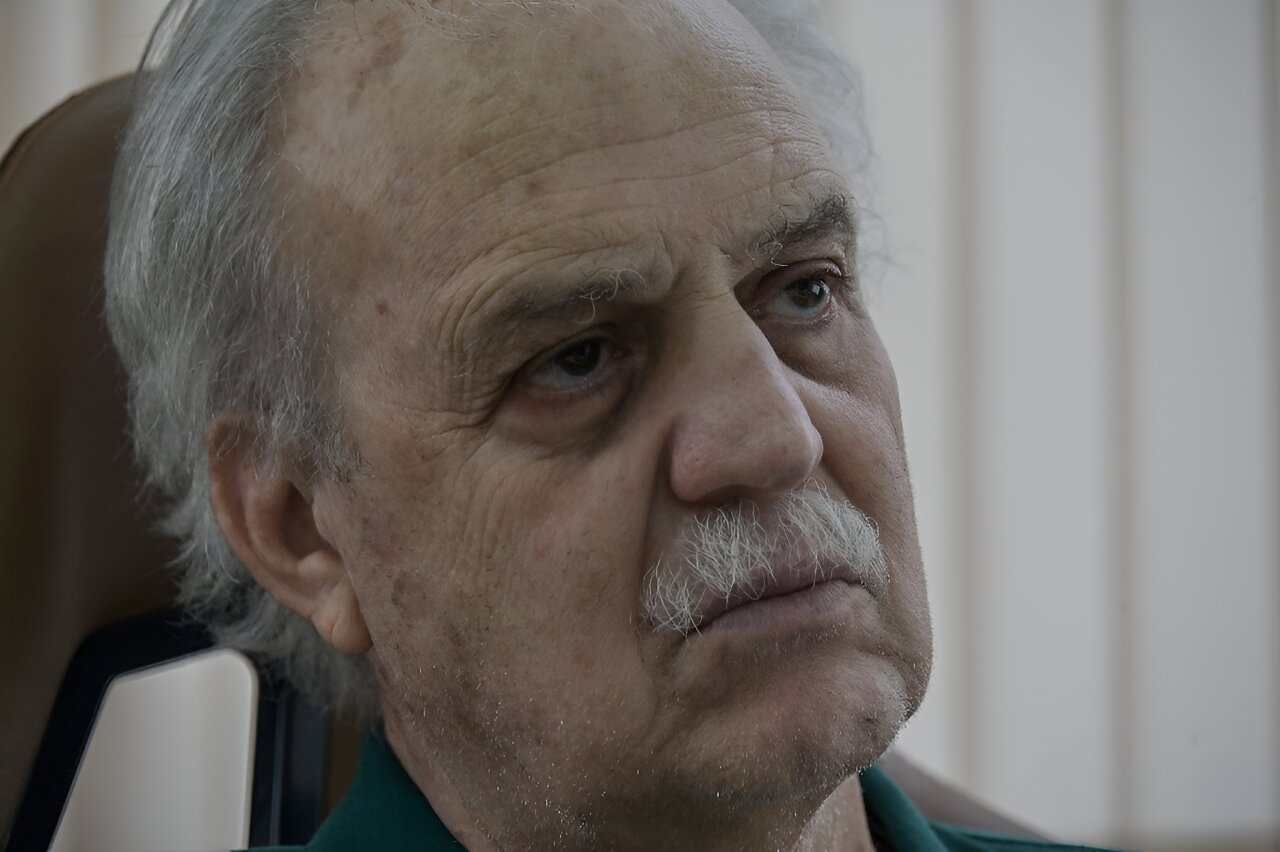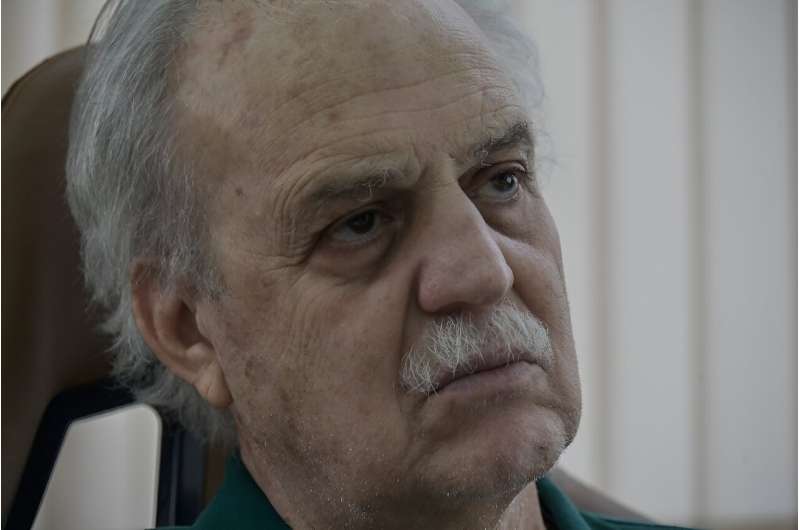

A year ago, Carlos Nobre, one of Brazil’s top climate scientists, was a rare voice of optimism about the future of the planet.
The 73-year-old, one of the top experts on the Amazon rainforest, was cheering the fact that “for the first time, all the leaders in the region are mobilized to find solutions for the forest” at a summit in northern Brazil.
Today, he warns that the world’s biggest jungle, which is being ravaged by the worst drought-fueled wildfires in decades, is in existential danger.
The world risks “losing the Amazon,” he told AFP in an interview.
A record wave of wildfires, fueled by severe drought linked to climate change and deforestation, is causing havoc across South America.
The worst drought in Brazil in recent memory has fanned the biggest fires in the country in more than a decade, leaving up to 80 percent of the country blanketed in smoke.
While several countries, including Canada, regularly battle catastrophic wildfires, theirs are often the product of naturally occurring lightning strikes that spread quickly through dry vegetation, Nobre said.
In the Amazon, by contrast, most of the fires are illegally started by humans for agricultural purposes.
“The criminals realized that satellites only detect fires when the fire spreads to 30 or 40 square meters (320 to 430 square feet).
“This gives them time to leave the area before being arrested,” Nobre said.
Not linear
In February, Europe’s climate monitor Copernicus announced that for the first time on record, Earth had endured 12 consecutive months of temperatures 1.5 degrees Celsius hotter than the pre-industrial era—four years earlier than predicted.
Experts had warned that extreme weather events would accelerate sharply at the 1.5C-warming mark.
“It is not a slow, linear increase,” Nobre said.
“In 2024 we are already seeing how the frequency of extreme phenomena is accelerating and breaking records,” he added, citing increased “heat waves, heavy rains, droughts, forest fires” among the extreme weather events that have become frequent in some parts of the planet.
From jungle to savannah?
Nobre warned that the fires consuming chunks of the Amazon risked accelerating its transition into dry savannah grasslands.
“If global warming continues and we do not completely stop deforestation, degradation and fires, by 2050 we will have passed the point of no return,” he warned.
“In 30 to 50 years, we will have lost at least 50 percent of the forest,” he said.
An increase in warming to 2.5C by 2050 would trigger new tipping points, he said, including “losing the Amazon” outright.
Among the measures he advocated to reduce climate warming were accelerating the transition to renewable energy and the mass planting of trees in cities to act as sponges for carbon dioxide.
Trees can help lower urban temperatures by up to 4.5C and also increase humidity.
“Urban sponges are a very important solution all over the world.”
© 2024 AFP
Citation:
Fires taking Amazon closer to ‘point of no return’: Expert (2024, October 2)
retrieved 2 October 2024
from https://phys.org/news/2024-10-amazon-closer-expert.html
This document is subject to copyright. Apart from any fair dealing for the purpose of private study or research, no
part may be reproduced without the written permission. The content is provided for information purposes only.